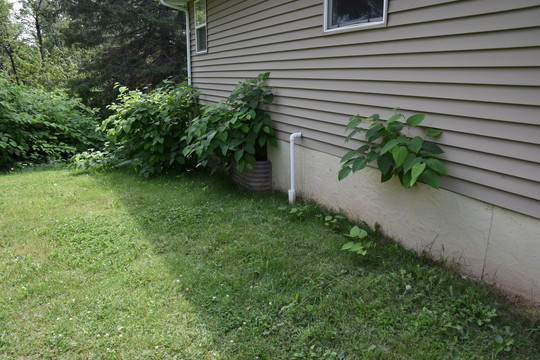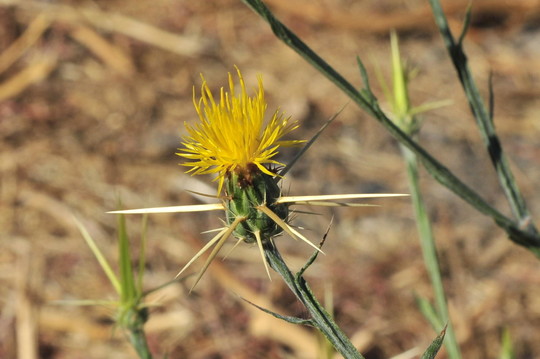|
Having trouble viewing this email? View it as a Web page.
December 30, 2021
January Weed of the Month: Assessing the Risk of Invasive Plants in Minnesota
Monika Chandler, Minnesota Department of Agriculture
Invasive plants are species not native to Minnesota that cause harm to public health, the environment, public roads, crops, livestock, and other property. Assessing the risk of invasive plants helps us understand how to respond to them. The Minnesota Department of Agriculture's (MDA) multi-organizational Noxious Weed Advisory Committee (NWAC) conducts risk assessments to help inform whether a species should be regulated as a noxious weed and, if so, whether it should be regulated as Prohibited Eradicate, Prohibited Control, Restricted, or as a Specially Regulated Plant.
 Knotweeds can grow into pavement and buildings which can require costly repairs.
Click here to download the photo
The risk assessments are documents based upon a decision tree of questions about the following:
- What is the native range and distribution in North America?
- What is the potential for establishment and spread in Minnesota?
- How potentially problematic is the species?
- Does the species have beneficial qualities?
- What is the likelihood of control?
The outcome of the risk assessment process is a listing recommendation for the MDA commissioner to consider. Many species are assessed, and the recommendation is to not regulate. The assessment process generally takes one year with assignments in winter, initial drafts due in the spring, next drafts in the summer and nearly final drafts are presented to all committee members in the fall. Recommendations based on these assessments are voted on by NWAC in the winter. The commissioner reviews the recommendations and makes final decisions. Sometimes additional time is needed if surveys, research, or tests are needed to inform the assessment. If there is new information or new control methods available, assessments can be updated.
 Yellow starthistle has not been documented in Minnesota but has been problematic in western grasslands and is toxic to horses.
Click here to download the photo
The Minnesota Invasive Species Advisory Council has a list of completed Minnesota Noxious Weed Risk Assessments. In 2022, the committee will update assessments for yellow starthistle (Centaurea solstitialis), pale swallow-wort (Cynanchum rossicum), giant hogweed (Heracleum mantegazzianum), Canada thistle (Cirsium arvense), meadow knapweed (Centaurea x moncktonii), Oriental bittersweet (Celastrus orbiculatus), Amur silvergrass (Miscanthus sacchariflorus), black locust (Robinia pseudoacacia), and poison hemlock (Conium maculatum). In 2023 and 2024, assessments will be conducted for species not previously assessed. Visit Minnesota’s current noxious weed list.
MEDIA: For more information on Weed of the Month, contact Allen Sommerfeld, MDA Communications, at allen.sommerfeld@state.mn.us or 651-201-6185
|